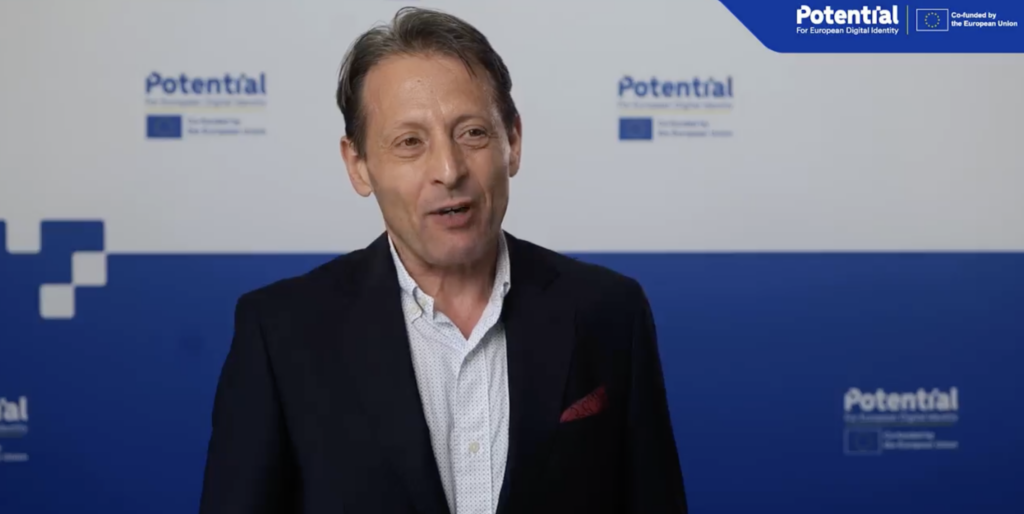Zoltan Lantos explains the challenges facing eHealth and looks at current and future projects.

How would you define the current status of cross-border online prescription services?
Services already exist between some European Union countries. For example, Polish citizens can go to a pharmacy in Portugal and pick up their prescription drugs. Portuguese pharmacists are able to identify Polish citizens and collect their prescriptions in Portuguese. Thanks to POTENTIAL, citizens will soon be able to identify themselves using their electronic wallet, which will connect directly to the pharmacy system. In the future, citizens will be able to retrieve all their health data in a translated format.
In addition to Potential, there are other projects aimed at facilitating exchanges between EU member states in the healthcare sector. For example, the European Unicom project focuses on the implementation of EU and national SPOR (substances, products, organizations, referential) data bases, including establishing an EU Substance Reference System (EU-SRS). This project reconciles national regulatory procedures: across health systems, the same medicinal product may have different names and certain dosage strengths or packages sizes may also vary or not be available, among other difficulties.
How would you define the biggest challenges affecting any e-health projects, and especially the UC6 project?
Anytime I have to address an audience, I specifically reiterate that the worlds of eHealth and egovernment are radically different. We need to bring these two worlds together so that they can exchange and understand each other.
The other major difficulty lies in the technical aspects. For the wallet developed in POTENTIAL, the cross-border ePrescription sharing should uses a specific ISO standard, even though existing eHealth services uses other standards for this purpose. For example, during Covid, certificates were based on QR codes. However, these QR codes can only be used to establish a connection between the mobile device and the pharmacy computer, while the information itself can only be transferred using NFC or Bluetooth communication. At present, however, NFC cannot be used in most pharmacies in Europe. Certainly, investments need to be made by pharmacists ‘vendors because this new communication opportunity require new technical capabilities and new devices.
Beyond POTENTIAL, what other significant advances are likely to be made in the context of eHealth?
The concept of health in the European Union is now fully recognized and accepted. However, certain issues, such as the management of reimbursements, are still under study. At present, reimbursements are made according to the country of affiliation, where citizens have a social security number and health insurance. The situation between member States can be extremely different, with richer countries able to offer higher reimbursement rates for a greater number of medicines, which obviously poses a problem of reconciling all care cases within the EU itself. The question of payments is also a point for attention: from 2026 onward, cross-border e-prescription solutions will be gradually completed and payments will also be managed. Social security cards will be incorporated in the wallet and all these e-prescriptions and e-dispensations will be managed in one instance.
